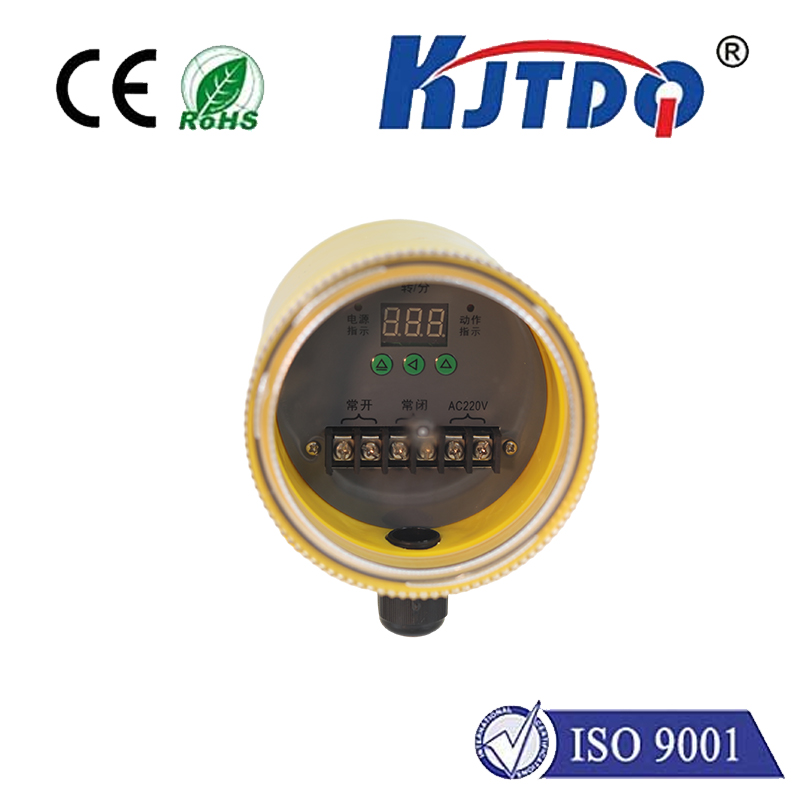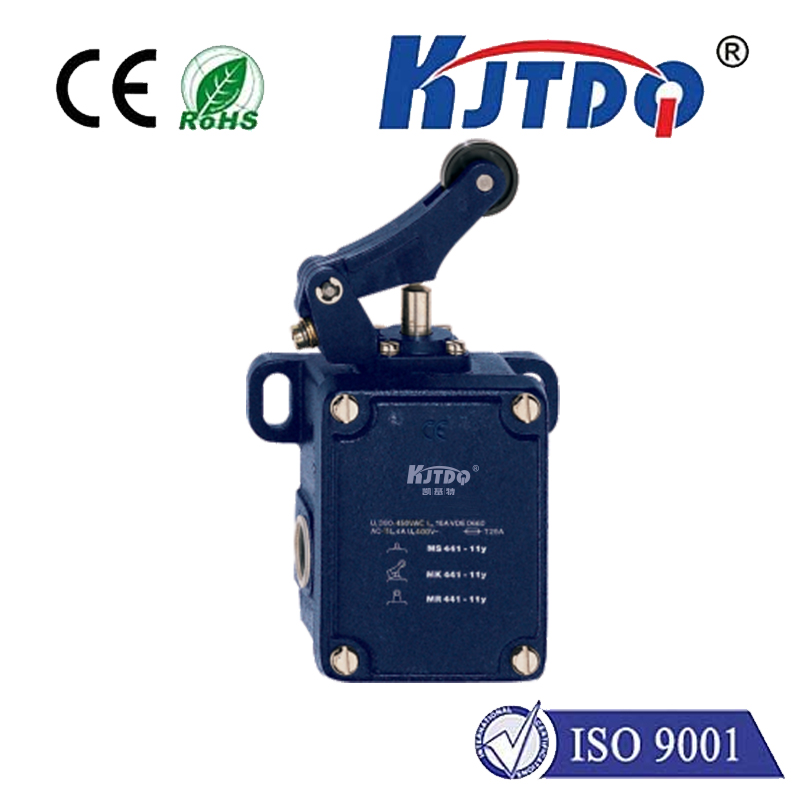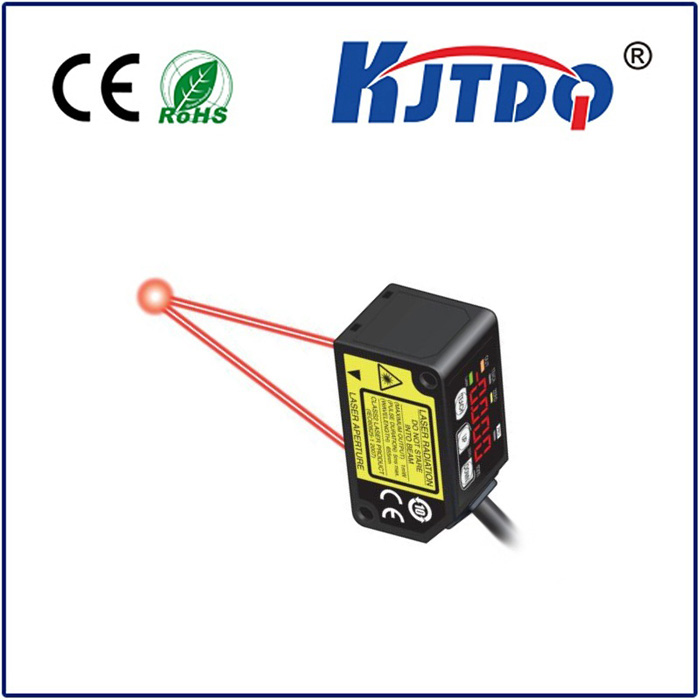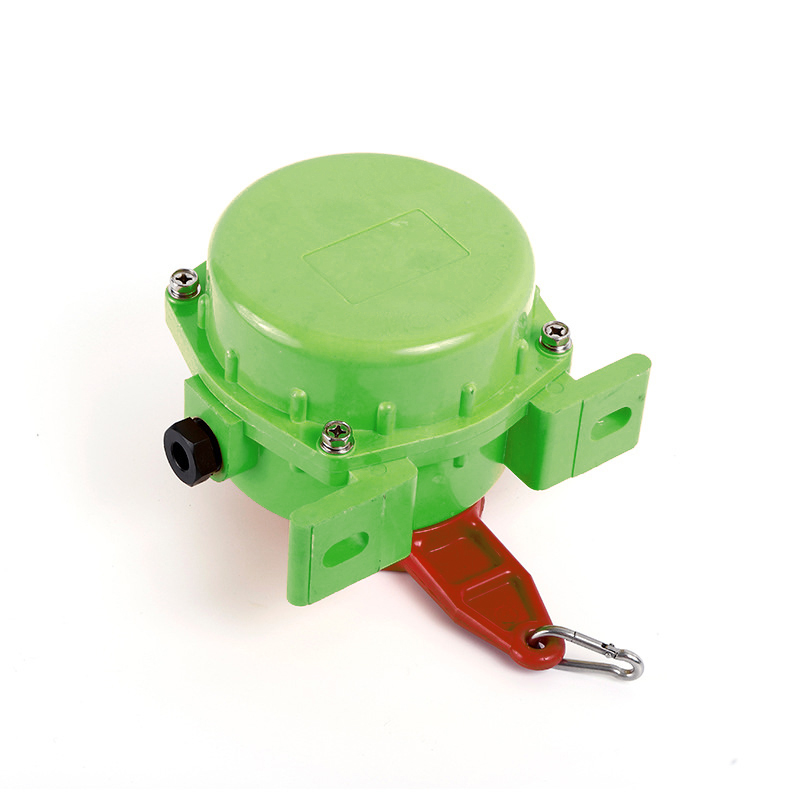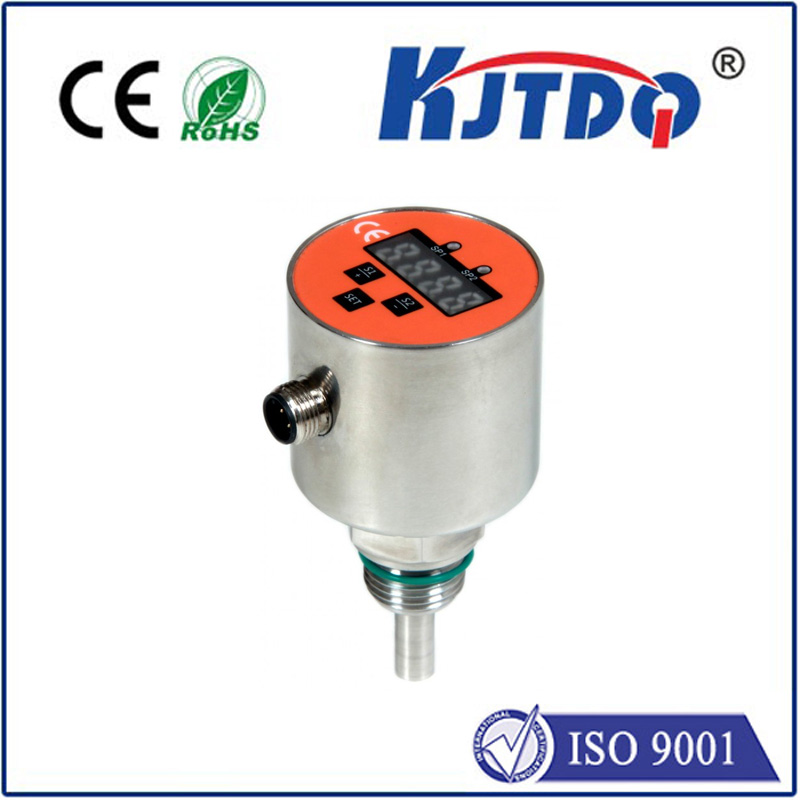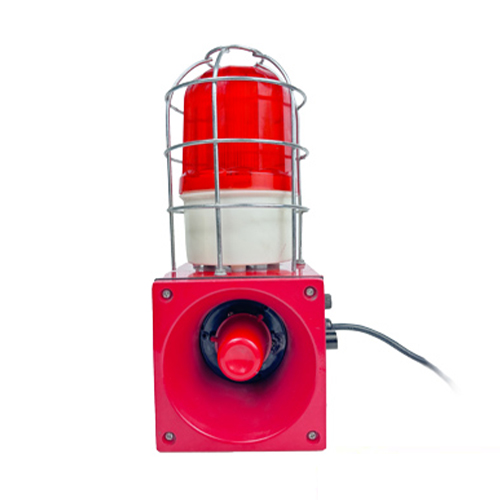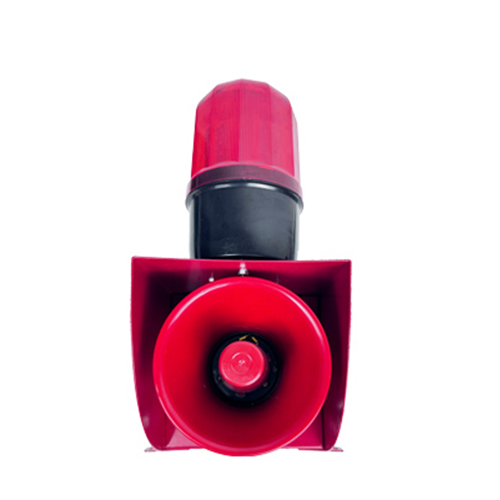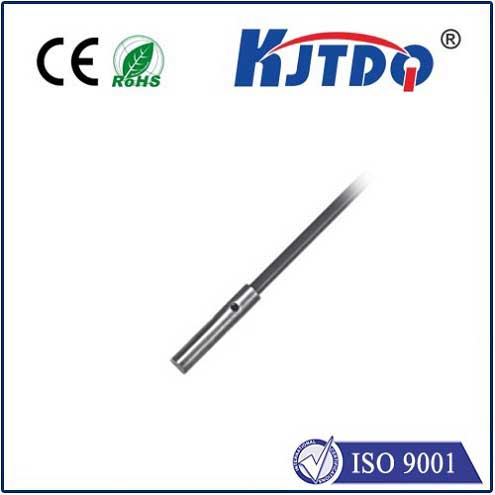PI1805 pressure sensor
- time:2025-09-24 01:40:38
- Click:0
PI1805 Pressure Sensor: Your Reliable Partner for Precision Pressure Measurement in Demanding Environments
Pressure monitoring seems simple – until it fails in a critical application. When precise, reliable pressure data is non-negotiable for safety, efficiency, or process control, generic sensors fall short. This is where specialized instrumentation like the PI1805 pressure sensor truly shines. Designed as a robust solution for industrial and OEM challenges, the PI1805 delivers exceptional performance where it matters most.
Beyond the Label: Understanding the PI1805
The “PI1805” designation signifies a specific model within a range of pressure transducers. While manufacturers may offer slight variations, the core essence remains consistent: a high-performance pressure sensor engineered for accuracy, durability, and versatility. These sensors typically convert mechanical pressure force into a standardized electrical signal – most commonly a 4-20mA analog output or increasingly, digital outputs – providing a clear, quantifiable value for control systems, data loggers, or displays.
Core Capabilities Defining Reliability

What sets the PI1805 apart from basic sensors? Several key performance characteristics converge to make it a preferred choice:
- Exceptional Stability & Accuracy: PI1805 sensors are calibrated to deliver precise readings over their specified range. This stability is crucial for applications demanding consistent data over long periods, minimizing drift and recalibration downtime.
- Robust Construction for Harsh Conditions: Industrial environments are unforgiving. Expect the PI1805 to feature stainless steel wetted parts, robust housings (IP65/IP67/IP68 ratings are common), and designs resilient against vibration and shock. This inherent ruggedness translates directly to longevity and reduced failure rates.
- Wide Operating Pressure Ranges: Available across broad pressure spectrums – from low vacuum ranges to high pressures spanning hundreds or even thousands of bar/psi – finding a PI1805 variant suited to your specific pressure measurement need is highly likely.
- Comprehensive Media Compatibility: A critical feature often overlooked. The sensor’s diaphragm and seals are selected for compatibility with a vast array of media, including air, gases, oils, fuels, and many water-based or mildly corrosive liquids. Ensuring media compatibility prevents sensor degradation or failure.
- Advanced Temperature Compensation: Pressure readings are inherently affected by temperature fluctuations. High-quality PI1805 sensors incorporate sophisticated temperature compensation algorithms over a wide temperature range, ensuring accurate readings despite environmental changes. This is absolutely vital for outdoor applications or processes with variable thermal profiles.
- Multiple Output & Electrical Options: Flexibility is key. Various outputs are typically available (4-20mA, 0-5V, 0-10V, ratiometric, digital protocols like I2C or SPI) alongside different electrical connections (cables, plugs like M12), simplifying integration into diverse systems.
- Suited for OEM Integration: The combination of standardized outputs, compact form factors (often cylindrical or rectangular), and robust build makes the PI1805 an excellent candidate for Original Equipment Manufacturer (OEM) integration within larger machinery or systems.
Where the PI1805 Pressure Sensor Excels: Real-World Impact
The blend of precision, durability, and flexibility makes the PI1805 pressure transducer invaluable across numerous sectors:
- Industrial Automation & Process Control: Monitoring and controlling pressures in hydraulic and pneumatic systems, pumps, compressors, filtration, leak testing, and process lines. Reliable pressure sensors like the PI1805 ensure processes run smoothly, safely, and efficiently.
- HVAC & Refrigeration: Accurately managing refrigerant pressures, monitoring filter status, and ensuring system efficiency. Stability and media compatibility are paramount here.
- Test & Measurement Equipment: Calibration benches, dynamometers, and custom test rigs require high accuracy and stability sensors to validate performance.
- Mobile Hydraulics & Heavy Machinery: Monitoring pressures in harsh environments within construction equipment, agricultural machinery, and material handling systems. Vibration resistance and robust sealing are critical.
- Water & Wastewater Management: Level sensing via hydrostatic pressure, pump control, filter monitoring, and leak detection in demanding municipal or industrial settings.
- Energy Sector: Applications in oil & gas (pipeline monitoring, wellhead pressures), hydroelectric systems, and alternative energy production where environmental resilience is non-negotiable.
Choosing the Right PI1805 Sensor: Key Considerations
To leverage the full potential of the PI1805 pressure transducer, careful selection based on your application is crucial:
- Pressure Range: Select a model where your normal operating pressure falls comfortably within the middle 50-80% of its range for optimal accuracy and longevity. Avoid sustained operation at the very top end.
- Media Compatibility: Thoroughly verify that the sensor’s wetted materials (diaphragm, o-rings) are compatible with the specific fluid or gas you’re measuring. Chemical incompatibility is a leading cause of sensor failure.
- Output Signal & Connection: Match the sensor’s output (e.g., 4-20mA loop-powered) and electrical connection type (cable length/gland, connector style) to your system’s input requirements and environmental protection needs (IP rating).
- Accuracy Specifications: Understand the required level of precision. Look at metrics like non-linearity, hysteresis, and repeatability specifications over the intended pressure and temperature range. True accuracy is often determined under worst-case conditions.
- Environmental Factors: Account for ambient temperature extremes, potential for condensation, exposure to corrosive atmospheres, and levels of vibration/shock. Ensure the sensor’s specifications exceed the application’s demands.
- Certification Requirements: Does your application require specific certifications like ATEX/IECEx for hazardous areas, CE, SIL, or FDA compliance? Confirm these upfront.
The Investment in Performance Pays Dividends
While the upfront cost of a high-quality PI1805 pressure sensor might be higher than a generic alternative, the long-term value is undeniable. Reduced downtime due to failures, minimal recalibration needs, enhanced process control efficiency, and avoiding costly errors stemming from inaccurate data all contribute to a significantly lower total cost of ownership. Its reliability translates directly into operational certainty.
Selecting and implementing the PI1805 pressure sensor means choosing a dependable partner engineered to deliver critical pressure data consistently and accurately, even under challenging conditions. It represents a commitment to quality measurement fundamental to modern industrial and technological applications.






